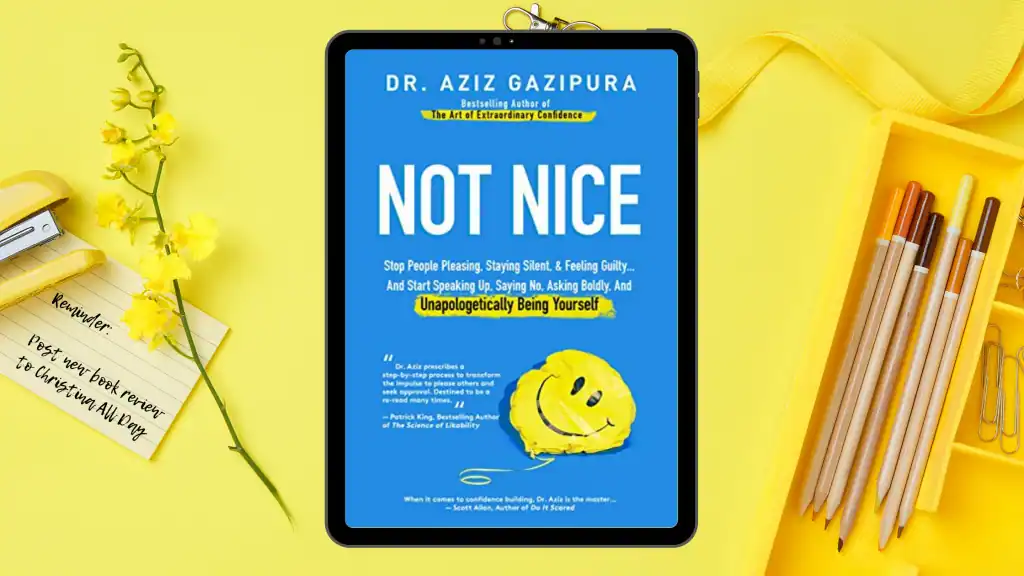Riding the Wave_of_Happy_: How to Cultivate Positivity and Joy in Everyday Life

In a fast-paced world filled with challenges and distractions, finding happiness can often seem like an elusive goal. However, learning how to ride the “wave of happy” is about tapping into the power of positivity and embracing joy in the simple moments of life. Happiness isn’t just about major achievements; it’s about cultivating a mindset that allows you to experience joy, even in the small, everyday things.
What is the Wave of Happy?
The “wave of happy” refers to the concept of finding and maintaining a state of contentment and joy throughout the ups and downs of life. Instead of waiting for big, life-changing events to feel happiness, riding the wave means appreciating the beauty of everyday moments and making positivity a part of your mindset. Just like riding an ocean wave, happiness can ebb and flow, but with practice, you can learn to stay balanced and embrace joy no matter what.
The Science Behind Happiness
Happiness isn’t just an emotional state; it has a physiological basis. Research shows that happiness is linked to the release of hormones like dopamine, serotonin, and endorphins—commonly known as the “feel-good” chemicals. These hormones help regulate mood and emotions, making us feel more positive and energetic.
When you practice habits that promote happiness, such as spending time with loved ones, exercising, or engaging in creative activities, your brain releases these chemicals, reinforcing a positive mental state. This biological feedback loop is one reason why consistently choosing happiness can have long-term effects on your overall well-being.

How to Ride the Wave of Happy: Practical Tips
1. Practice Gratitude Daily
Gratitude is one of the simplest yet most powerful ways to boost happiness. Start each day by listing a few things you’re grateful for, no matter how small. It could be a warm cup of coffee, the sound of birds chirping outside your window, or even a good conversation you had with a friend. By focusing on the positive aspects of your life, you train your brain to look for happiness in everyday moments.
2. Surround Yourself with Positive People
The people you spend time with can greatly impact your mood. Surrounding yourself with positive, supportive individuals can uplift your spirits and help you maintain a happier outlook on life. Avoid toxic relationships that drain your energy or create unnecessary stress.
3. Engage in Mindfulness and Meditation
Mindfulness and meditation are effective tools for finding calm and joy in the present moment. By focusing on your breath, sensations, or surroundings, you can quiet your mind and reduce anxiety. Practicing mindfulness regularly can help you develop a deeper appreciation for the present, which is key to experiencing happiness.
4. Find Joy in Simple Activities
Happiness doesn’t have to come from grand experiences; it can be found in everyday activities. Take a walk in nature, listen to your favorite music, cook a delicious meal, or read a good book. By intentionally doing things that bring you joy, you create more opportunities for happiness.
5. Let Go of Perfectionism
Perfectionism often prevents us from feeling happy because we’re constantly striving for something that’s unattainable. Instead of focusing on being perfect, try to embrace the imperfections in life. Accepting yourself and your circumstances as they are can free you from the pressure of constantly seeking more, allowing you to enjoy the moment.
The Benefits of Staying on the Wave of Happy
Riding the wave of happiness isn’t just about feeling good in the moment; it has long-term benefits for your health, relationships, and overall quality of life.
1. Improved Mental Health
Happiness is closely linked to mental well-being. By practicing positivity and gratitude, you reduce stress, anxiety, and depression. A happier mindset encourages emotional resilience, helping you bounce back from setbacks more easily.
2. Stronger Relationships
When you maintain a positive attitude, it’s easier to build and maintain healthy relationships. People are naturally drawn to those who exude positivity, and being happy can improve communication and strengthen bonds with loved ones.
3. Enhanced Physical Health
Happiness doesn’t just affect your mood; it also impacts your physical health. Studies show that happy people have lower rates of heart disease, lower blood pressure, and a stronger immune system. By maintaining a positive mindset, you can improve your overall health and longevity.
4. Greater Success and Fulfillment
Happiness can fuel motivation and productivity. When you feel good, you’re more likely to take on new challenges, pursue your passions, and achieve your goals. Success often follows happiness, rather than the other way around.

Challenges to Staying Happy—and How to Overcome Them
While riding the wave of happy sounds appealing, it’s not always easy. Life presents many challenges, and staying happy during tough times requires effort and resilience.
1. Dealing with Negative Emotions
It’s normal to experience sadness, anger, or frustration from time to time. Instead of suppressing these emotions, acknowledge and process them. Accept that negative emotions are part of the human experience, and focus on how you can move forward.
2. Managing Stress
Stress is a major happiness killer. To manage stress, develop coping mechanisms such as practicing relaxation techniques, prioritizing self-care, and setting boundaries. Taking time for yourself allows you to recharge and return to a happier state of mind.
3. Avoiding Comparison
Constantly comparing yourself to others can rob you of happiness. Remember that everyone’s journey is different. Focus on your own path and celebrate your unique achievements, rather than measuring your success by someone else’s standards.
Final Thoughts
Riding the wave of happy is about adopting a mindset that seeks joy in every moment, no matter the circumstances. By practicing gratitude, surrounding yourself with positivity, and embracing the present, you can create a life filled with happiness and contentment. It’s not about avoiding negative emotions, but rather learning how to balance them with an appreciation for life’s simple pleasures.
Note: For more interesting articles like “Exploring Craigslist Portland: The Ultimate Guide to Buying, Selling, and Finding Services“, Visit https://marketforbesnews.com/

Frequently Asked Questions
1. What is the difference between happiness and contentment?
While happiness and contentment are often used interchangeably, they have slightly different meanings. Happiness is a more intense emotion, often associated with excitement or elation. Contentment, on the other hand, is a more steady state of satisfaction and well-being. Both are important for a fulfilling life, but they serve different purposes.
2. Can I truly be happy all the time?
It’s unrealistic to expect to be happy all the time. Life is full of ups and downs, and it’s normal to experience negative emotions. The key is to focus on cultivating a positive mindset and finding joy in the everyday moments, even when things are challenging.
3. How long does it take to develop a happier mindset?
Developing a happier mindset is a journey, not a destination. It takes time and consistent effort. The more you practice positive habits and cultivate a grateful attitude, the easier it will become to maintain a positive outlook.
4. What if I struggle with chronic conditions or mental health issues?
If you’re dealing with chronic conditions or mental health issues, it’s important to seek professional help. These challenges can make it difficult to maintain a positive outlook, but it’s still possible to find happiness and fulfillment. Therapy, medication, and support groups can be valuable tools for managing these difficulties.
5. Can I teach my children to be happy?
Yes, you can teach your children to be happy by modeling positive behavior, encouraging gratitude, and creating a supportive environment. Help them develop healthy coping mechanisms and teach them the importance of self-care.
6. How can I overcome negative thought patterns?
Negative thought patterns can be challenging to break, but it’s possible. Practice mindfulness and meditation to become more aware of your thoughts. Challenge negative thoughts with positive affirmations and replace them with more constructive ones.
7. Is it selfish to focus on my own happiness?
No, it’s not selfish to prioritize your own happiness. In fact, when you’re happy and fulfilled, you’re better equipped to care for others and contribute positively to the world.
8. What role does social connection play in happiness?
Strong social connections are essential for happiness. Spending time with loved ones, participating in community activities, and building meaningful relationships can provide a sense of belonging and support.
9. How can I find joy in the mundane tasks of daily life?
Look for opportunities to find meaning and purpose in everyday activities. For example, instead of dreading chores, try to find enjoyment in the process of creating a clean and organized space. Practice mindfulness to appreciate the simple pleasures of life.
10. Can happiness be a goal in itself?
While happiness can be a goal, it’s important to remember that it’s not always a destination. Happiness is a journey, and the pursuit of it can bring meaning and purpose to your life. Focus on cultivating a positive mindset and finding joy in the small things, and happiness will naturally follow.










